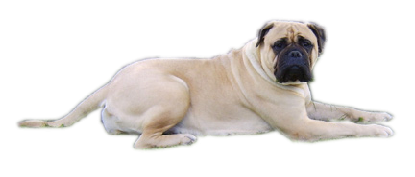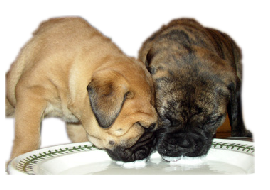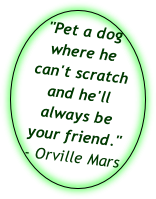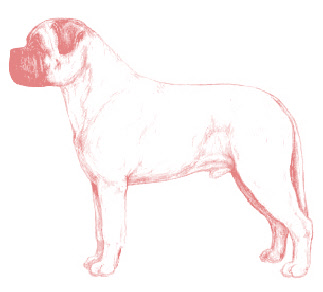
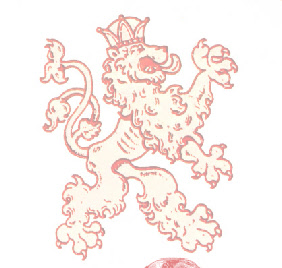

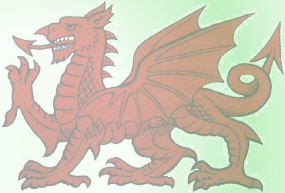
WWEBS © All Rights Reserved 2006 - 2011


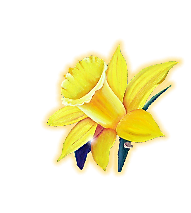


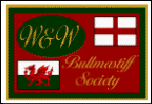
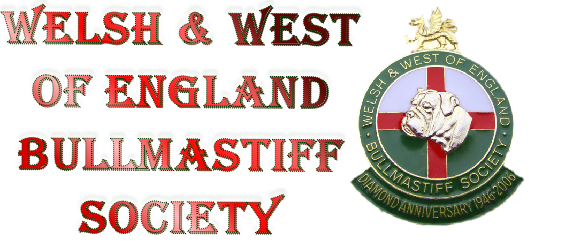
This site is hosted by Alpha1teclabsbristol
Designed by Debbie.
Powerful, active, reliable, alert and faithful ...... so this is the Bullmastiff
as described in the Breed Standard. Just talk to anyone who has owned a Bullmastiff
in the past, or who shares their home with one now, and most will tell you that no
other breed of dog is quite the same. What is it that makes the breed unique?
They
have an unquestioning devotion to all they consider to be within the family. They
are hopelessly affectionate, and love nothing more than to be allowed to curl up
in a comfortable spot in the heart of the home. They have a facial expression for
every occasion, and most owners can read their Bullmastiff with great accuracy. They
have terrific presence, few people can walk past a Bullmastiff without stopping to
admire this splendid animal.
If the Bullmastiff is so special, so wonderful in the
home and a dog to be proud of why don't more people own them?
Badly placed the Bullmastiff
can become something resembling an out of control bulldozer! This is a guarding breed;
they are extremely strong, often stubborn and require good training and socialisation
from the start. They were not designed to be especially friendly with other dogs,
take a look at the original job they were bred to do, and how they were bred to do
it.
All those who have a true passion for the Bullmastiff and truly care about its
future will ensure that puppies are matched to owners who will understand and recognise
the breeds great virtues and forgive their natural bullish tendencies.
If you are
thinking about buying your first Bullmastiff, carefully research all aspects of the
breed and ensure that your own character and lifestyle are in sympathy with that
of the Bullmastiff. Please be honest with yourself. Bullmastiffs are highly sensitive
and re-homing a loving member of the family because the puppy was bought on impulse
will be devastating for you but far worse for the innocent dog.
Breed Profile
The Bullmastiff origin and history display a great example of a purpose-bred dog with a lineage that can be easily traced and understood. The Bullmastiff dog breed history originates from England and while its history is not as long and storied as other breeds, it is a close descendant of one of the oldest breed of dogs in England, the Mastiff. The Mastiff, a giant dog breed that descended from the Alaunt and the Molosser, is believed to have been introduced into ancient Britain more than 2000 years ago.
The Bullmastiff, however, was only introduced in about 1860 when the Mastiff was crossed with the Old English Bulldog. At this time, gamekeepers needed a dog to help protect their estates and flocks from game poachers, mostly poachers of deer from their estate. The Mastiff was apparently too slow and cumbersome for the job and the Bulldog was too small to be effective. The solution was a mix of about 60% Mastiff with 40% Bulldog, thus creating the Bullmastiff.
This new dog called the "Mastiff with a touch of bull" or more commonly Bullmastiff, was just what gamekeepers needed to watch their estates as his dark coat and quiet demeanor could surprise poachers, and then, rather than maul or kill the criminal, they would pin them to the ground without biting them. The Bullmastiff origin, then, arises from this practical application and was commonly called the "gamekeeper's night dog".
The Bullmastiff dog breed was used for some time as the gamekeeper's guard, however, eventually the Bullmastiff was used in other capacities, such as a sentry or guard dog as well as work with the army and police. The crossbreeding between the Mastiff and the Bulldog and the magic 60/40 mix, continued, but eventually a purebred line was formed. In 1924 some conformity was established in the Bullmastiff dog breed and it was recognized by the English Kennel Club in 1924.
The American Kennel Club later would recognize the breed in 1933. The dog was famously used to guard the DeBeer diamond mines in South Africa as well as John D. Rockefeller's New York estate in addition to being used in emergencies such as the one in Mau-Mau Uprising in Kenya.
Breed History
